Introduction to the Pacers vs Knicks Match Player Stats
The rivalry between the Indiana Pacers and the New York Knicks is a storied one, deeply embedded in the history of the National Basketball Association (NBA). Originating in the early 1990s, this competition has presented fans with numerous memorable games that showcased intense matchups and fierce emotions. Key moments, such as the famous 1994 Eastern Conference Finals, remain etched in the memories of basketball aficionados. In this notable series, the Knicks triumphed over the Pacers, which fueled the rivalry and led to heightened expectations in subsequent playoff encounters.
As the rivalry progressed, the dynamics shifted, with both teams exhibiting periods of strength and vulnerability. The physicality and intensity of their matchups attracted significant media attention, specifically during the playoff encounters that pitted them against each other. The meetings between the Pacers and Knicks have frequently been characterized by their frenetic pace and defensive tenacity, drawing parallels to a classic boxing match where each team tried to outmaneuver the other. This back-and-forth battle has not only made for thrilling basketball but has also turned every matchup into an event for fans and players alike.
Beyond the court, the rivalry has seen its share of memorable personalities. Icons such as Reggie Miller for the Pacers and Patrick Ewing for the Knicks have etched their legacies through thrilling performances in high-pressure games. Their performances continue to resonate with fans today, deepening the reverence associated with this matchup. The significance of analyzing player statistics in these contests cannot be overstated, as they offer insight into how individual contributions influence the overall outcome of these high-stakes games. Consequently, this rivalry remains a hot topic among basketball analysts and fans, who delve into the statistics to unravel the intricacies of each game. Understanding the historical context of the Pacers vs Knicks rivalry enriches the examination of player stats as it highlights the motivational backdrop for players and teams entering such iconic matchups.
Key Player Matchups: Analyzing Performance
In the recent encounters between the Indiana Pacers and the New York Knicks, several key players have emerged to influence the outcome significantly. Analyzing their performance provides insights into how individual statistics connect to team success. Notable among these players is Pacers’ star guard, Tyrese Haliburton, who has showcased his ability to score while facilitating the offense. In the latest matchup, he recorded an impressive 28 points, 10 assists, and 5 rebounds, showcasing his all-around game. His vision on the court has consistently allowed him to dissect opposing defenses, making him a critical player for the Pacers.
On the other side, Julius Randle of the Knicks has been a formidable force in the paint, contributing significantly on both ends. In their latest face-off, Randle tallied 26 points, 12 rebounds, and 4 assists. His ability to control the boards while maintaining a reliable scoring touch exemplifies his importance to the Knicks’ strategy. The effectiveness of Randle creates space for his teammates and opens the lane for driving opportunities.
Other significant players include Pacers’ Buddy Hield and Knicks’ Jalen Brunson. Hield has been a consistent three-point shooter, which adds an extra dimension to the Pacers’ offense, while Brunson’s quickness and floor generalship have established him as a key player for the Knicks, averaging 22 points and 6 assists in recent games against Indiana. When examining turnovers, both teams need to manage possessions efficiently. The effectiveness of players in minimizing turnovers contributes to their overall performance and success in these matchups. By analyzing these key matchups and their respective contributions, one gains a clearer understanding of the intricate dance of offense and defense that defines the encounters between the Pacers and the Knicks.

Team Strategies and Player Contributions
The matchups between the Indiana Pacers and the New York Knicks often showcase a blend of contrasting strategies that elevate the performances of individual players. The Pacers, known for their rapid pace and ball movement, typically emphasize a spread offense. This approach maximizes shooting opportunities from beyond the arc, which encourages players like Tyrese Haliburton to assume a prominent playmaking role. As a result, his assists and shooting percentage often reflect the effectiveness of the team’s overall strategy.
In contrast, the Knicks favor a more physical and methodical style of play. Their approach often relies on isolation plays, allowing star players such as Julius Randle to utilize their one-on-one skills. This strategy can increase Randle’s scoring statistics significantly, as it enables him to capitalize on mismatches, particularly when matched against less physical defenders. The Knicks, under the leadership of their coaching staff, often mix in post-up plays and pick-and-roll opportunities, further diversifying their offensive impact.
Coaching decisions play a crucial role in shaping player contributions throughout the game. For instance, adjustments made by the Pacers’ coaching staff in response to the Knicks’ defensive schemes can lead to increased efficiency for shooters like Buddy Hield, who thrives when given space on the perimeter. Conversely, the Knicks’ defensive adjustments, such as double-teaming key playmakers, often aim to limit the effectiveness of opposing scorers, which can significantly impact their overall player statistics.
Moreover, teamwork and individual contributions are interrelated in these competitive matchups. Players often rely on their teammates to enhance their performance. For example, the chemistry between guards and forwards in executing screens can create open shots, improving overall shooting percentages. Exploring these facets of team strategy reveals how player statistics are not merely numbers; they illustrate the intricate dynamics that unfold during a game. By evaluating these contributions, fans and analysts alike gain insights into the critical roles each player occupies within the greater game plan of their respective teams.
Future Projections: What the Stats Tell Us
The recent matchups between the Indiana Pacers and the New York Knicks provide valuable insights into potential future performance for both teams. Analyzing player statistics reveals trends and patterns that may influence how these teams approach their forthcoming meetings. For instance, the performance of key players can offer indications of their trajectories in the season ahead. If a player is consistently scoring above their average or displaying enhanced defensive capabilities, it is reasonable to anticipate continued improvements. Such progress may bolster a team’s chances of securing victories in critical games.
In addition to individual player development, we must consider the impact of injuries on team dynamics. The Pacers and Knicks have both experienced significant roster changes due to injuries in the past seasons. These injuries directly affect rotation strategies, which in turn influences win-loss records. A team that learns to adapt effectively to injuries often gains a competitive edge against their rivals. The ability to integrate bench players into regular rotations can transform performance outputs, as seen in past encounters where depth played a crucial role.
The mental fortitude of athletes cannot be overlooked either, as confidence levels fluctuate based on previous performance. A team that has recently performed well against an opponent, such as the Pacers against the Knicks, may carry that momentum into future games. Conversely, a sequence of disappointing games can lead to a dip in morale. Thus, stats not only reflect physical performance but also provide a glimpse into the psychological readiness of players before crucial matchups.
Ultimately, the blend of statistical analysis, injury reports, and psychological factors paves the way for informed speculation on future encounters between the Pacers and Knicks. Monitoring these elements will be essential for enthusiasts and analysts aiming to predict outcomes effectively.



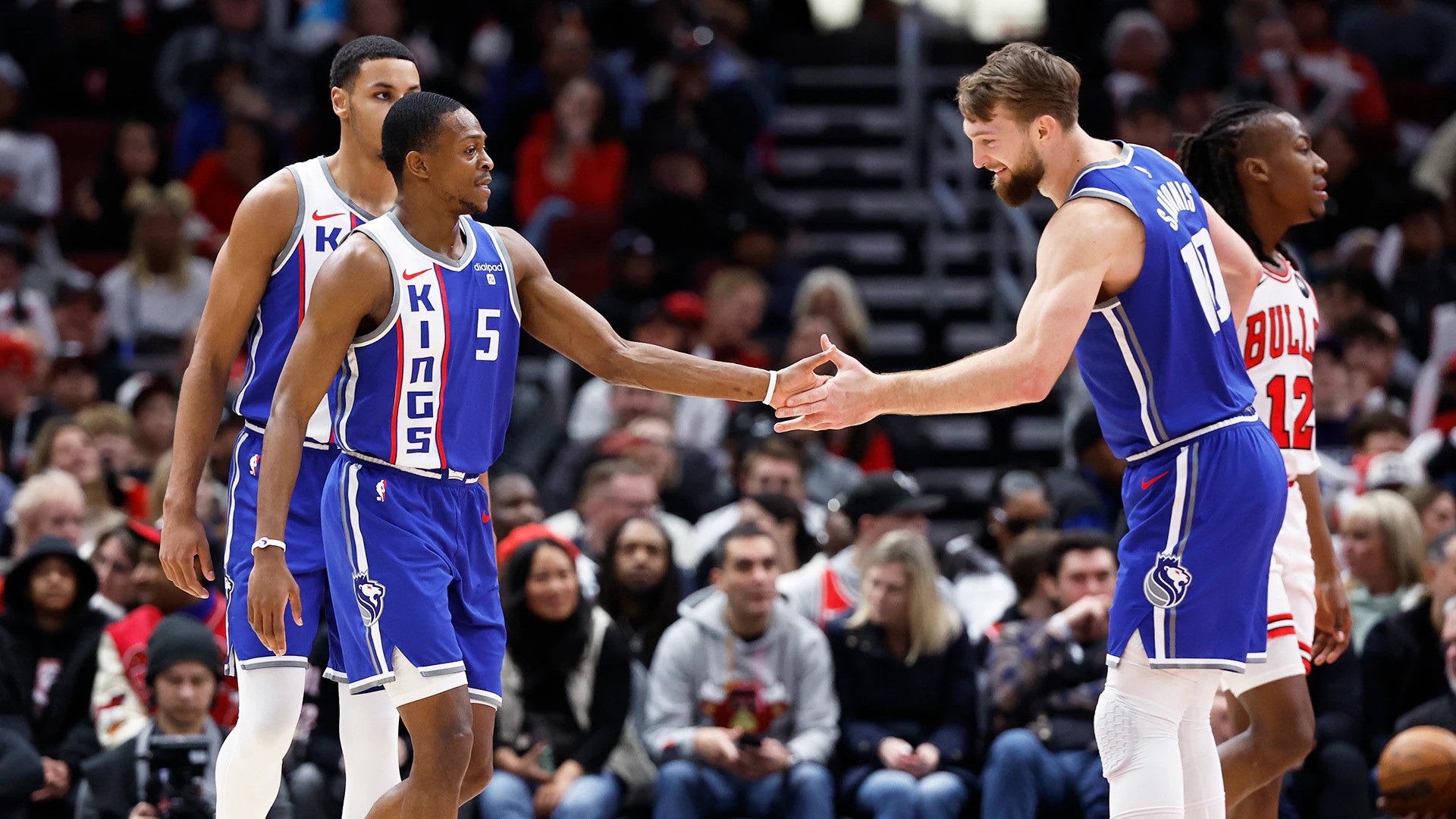
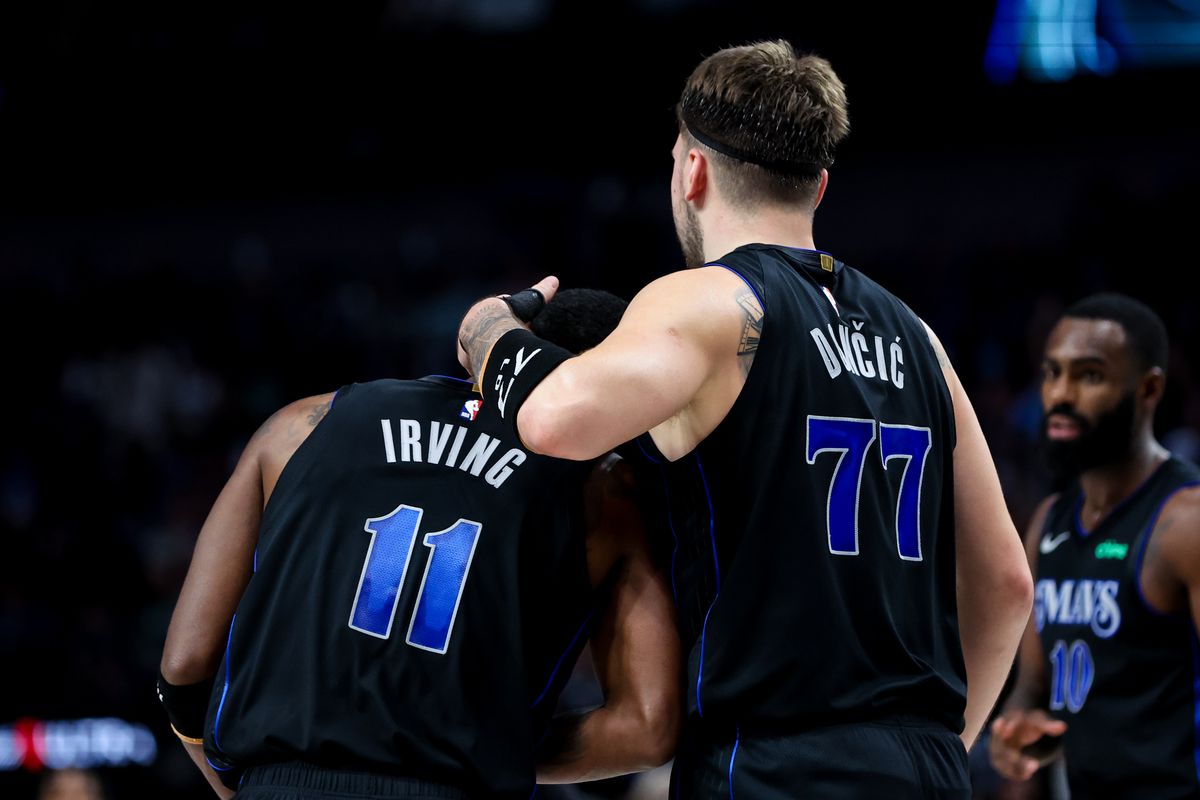
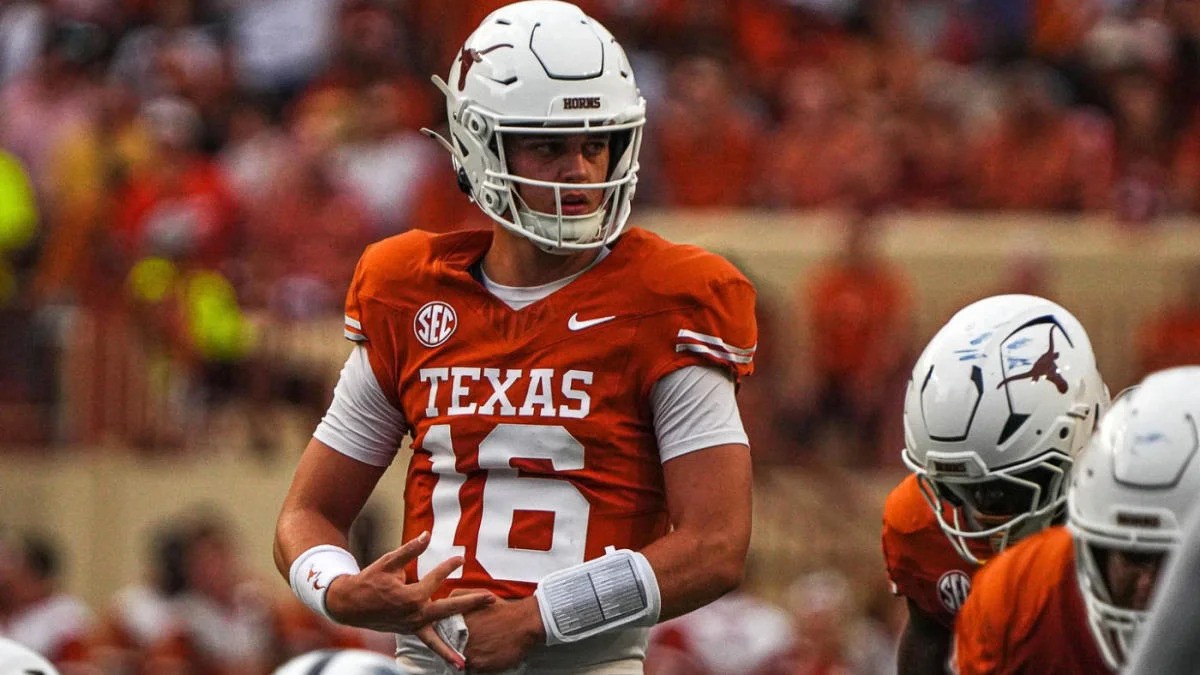

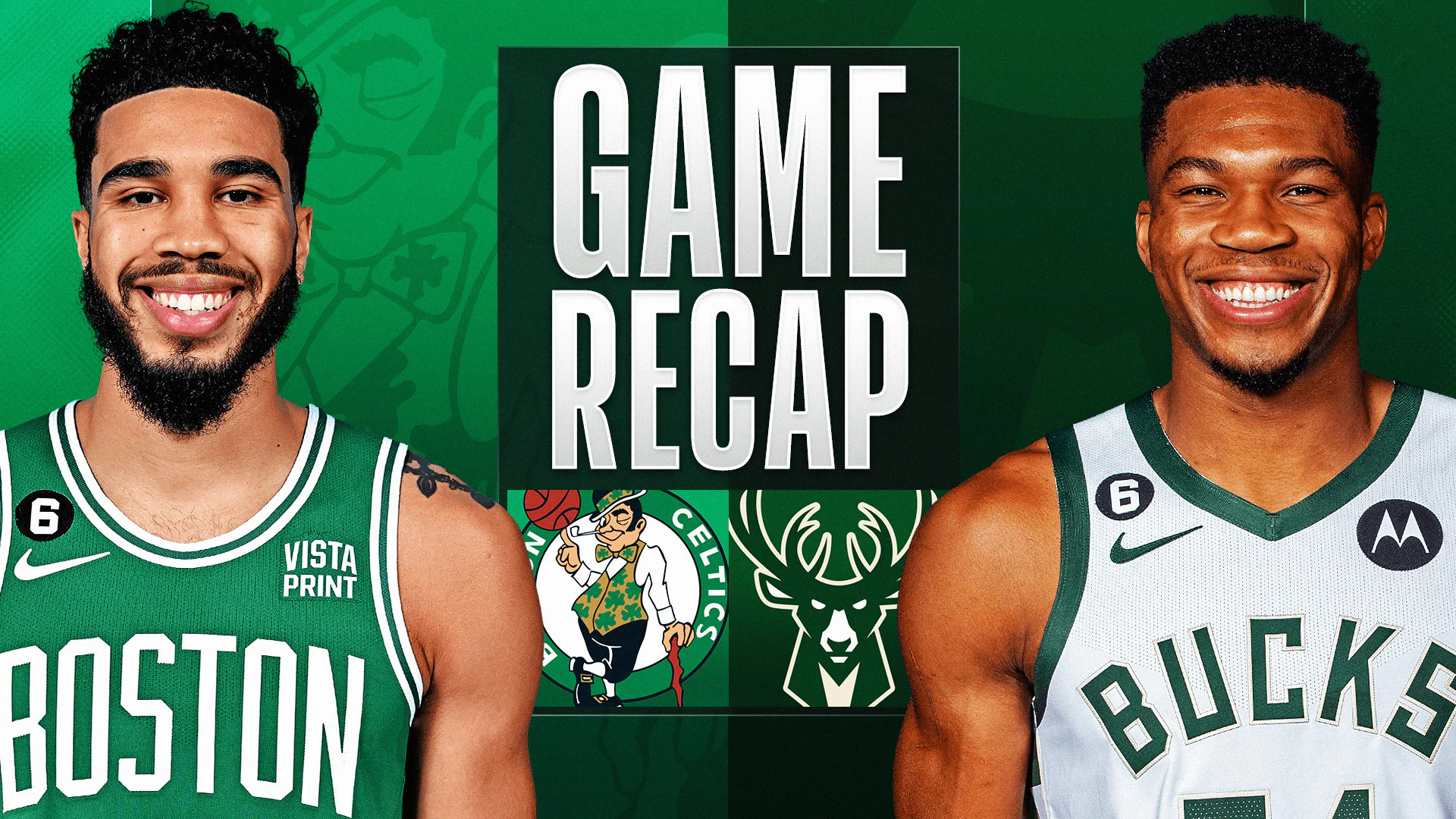
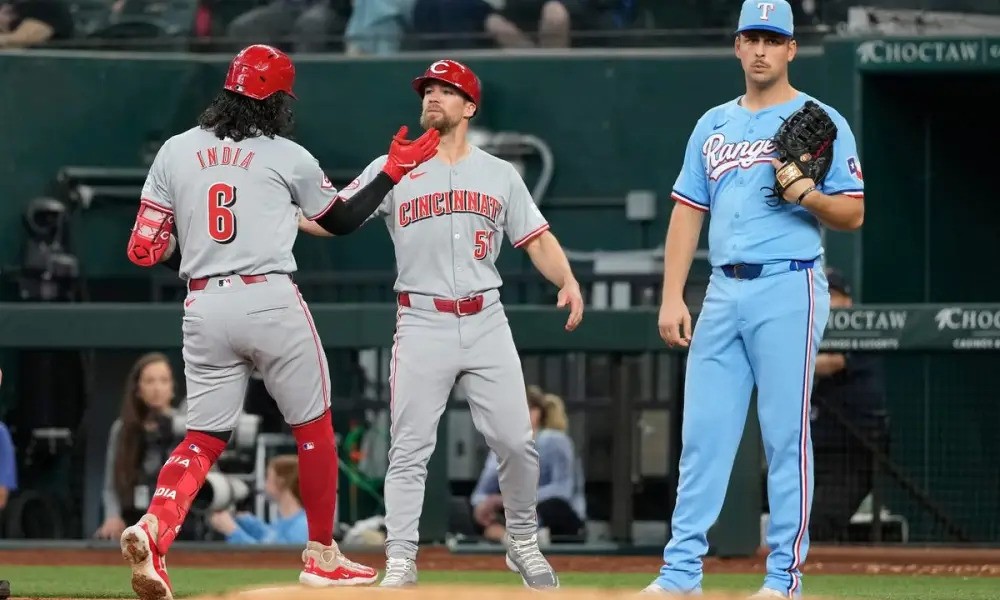

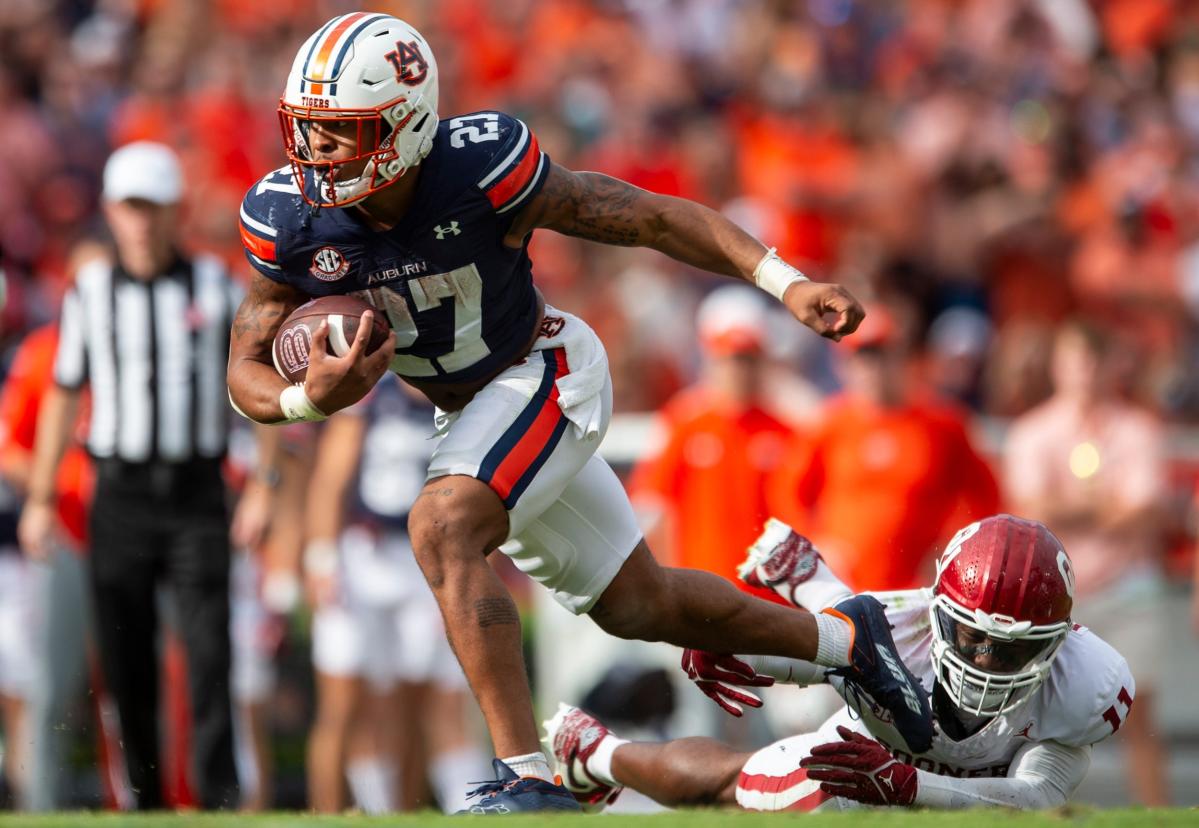



Leave a Reply